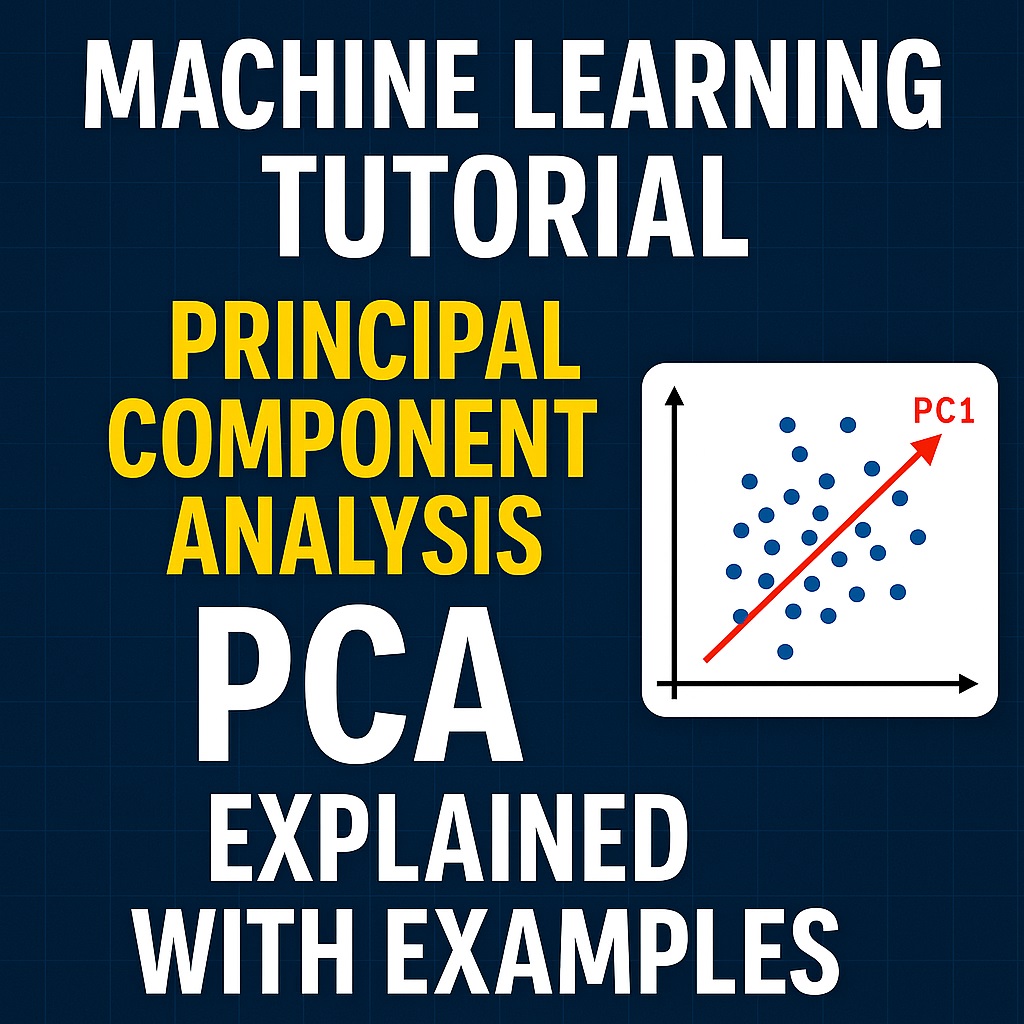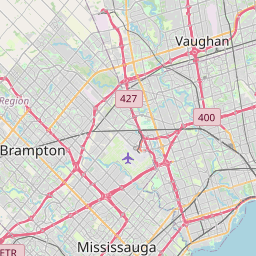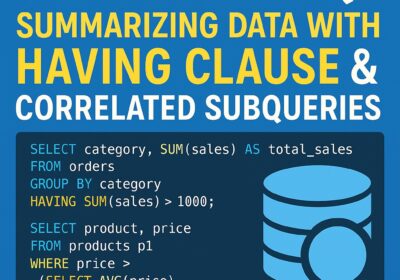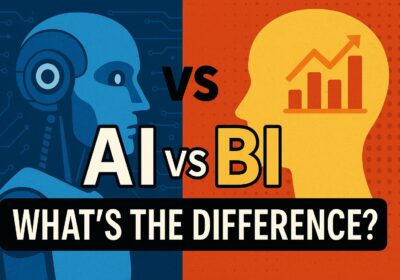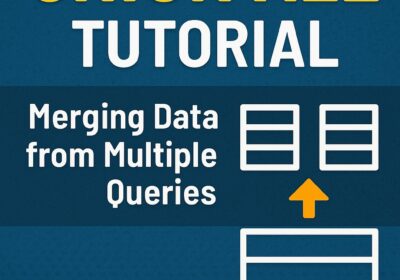Learn how to apply Principal Component Analysis (PCA) in machine learning for dimensionality reduction. In this step-by-step tutorial, we’ll cover the basics of PCA, its importance, and how to implement it using Python. Ideal for beginners and data enthusiasts looking to optimize their models and improve performance.
00:00 – Introduction 
02:00 – Data Preparation 
06:00 – Feature Analysis 
08:43 – Data Visualization 
11:22 – Graphical Insights 
16:00 – Target Variables 
20:44 – Descriptive Analysis 
24:01 – Data Scaling 
32:13 – Train-Test Split 
36:41 – Logistic Regression 
41:25 – Dimensionality Reduction 
47:24 – Variance Explanation 
54:08 – Model with PCA Features 
56:15 – Evaluation 


